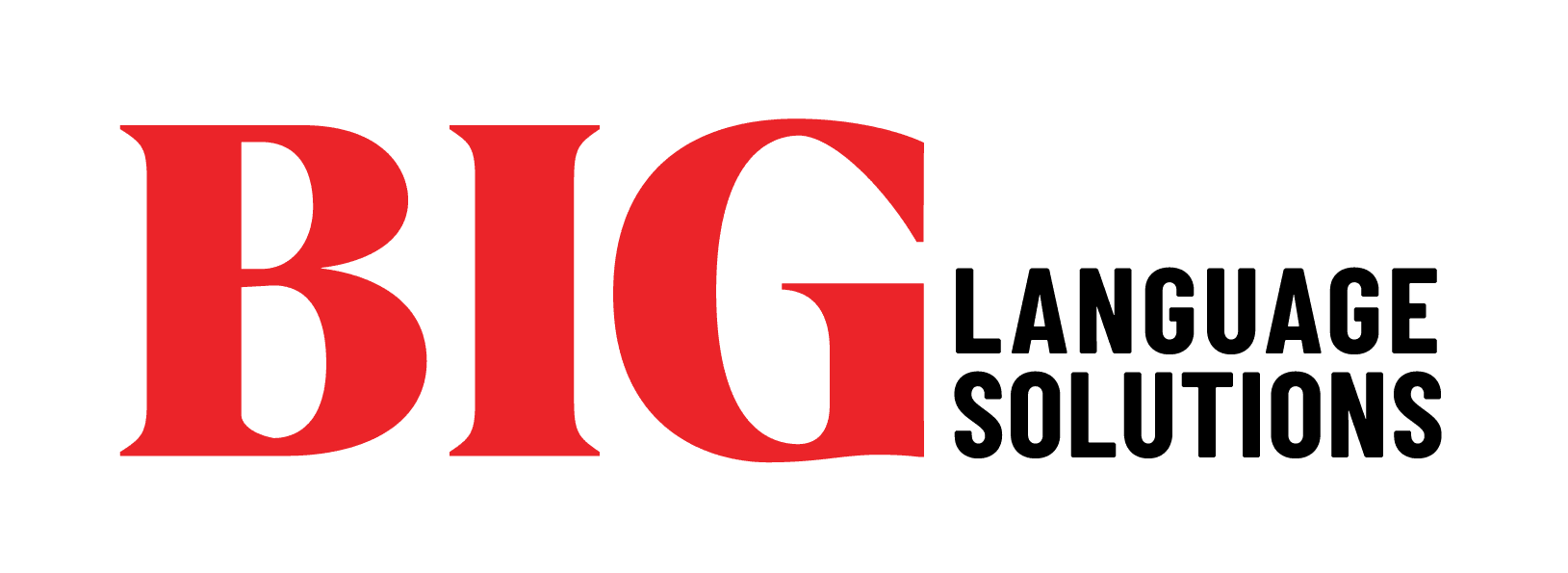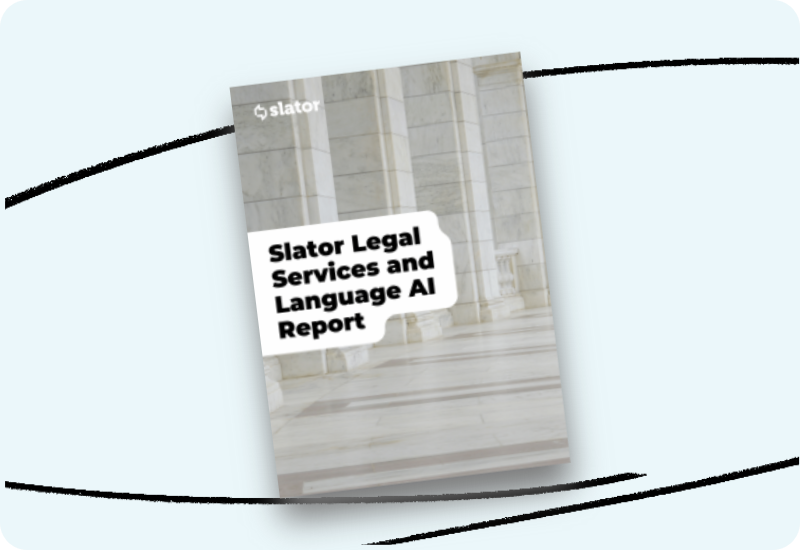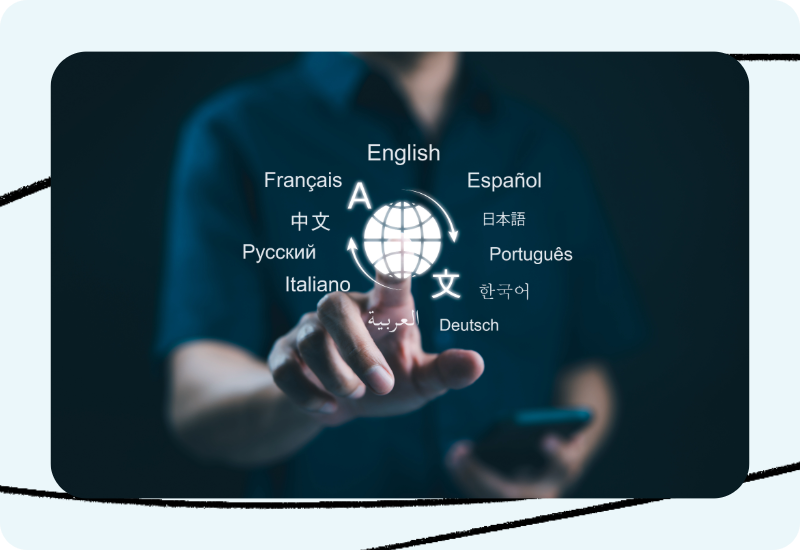As someone who has spent years working at the intersection of language services and high-stakes legal and IP work, I was proud to contribute to the Slator 2025 Legal Services and Language AI Report. The report offers a clear and thoughtful perspective on where the industry is going. Just as important, it underscores what is not changing, despite all the hype around artificial intelligence.
Here are a few takeaways that stood out to me, and how they reflect what I’m seeing across the legal and IP sectors.
Legal Teams Are Waking Up to the Risks of Automation Bias
One of the most persistent misconceptions in this space is the belief that machine translation (MT) or even large language models (LLMs) can fully replace expert human input. That belief is proving to be risky, particularly when the documents in question carry real legal consequences.
As I noted in the report, “Patents get revoked because of words.” That’s not just a cautionary phrase. I’ve seen cases where a mistranslated term or a poorly interpreted nuance in legal language led to revoked rights, unenforceable claims, or costly litigation.
There is a great deal of nuance involved in using machine translation. If a translation represents your brand, your business, or your legal position, it’s essential to work with a language service provider who understands that context. As the Head of Innovation at Dentons pointed out, the role of the expert human-in-the-loop will continue to be vital. I fully agree.
Legal professionals are beginning to see the danger in automation bias. Overconfidence in what AI can deliver without oversight has led to real consequences. That’s why more legal teams are seeking out services that pair technology with human expertise.
The Myth of the One-Size-Fits-All AI Translation Model
AI is improving, but improvement is not the same as reliability. In legal and IP translation, reliability is non-negotiable.
Attorneys and legal teams tend to be more risk-averse, and they have good reason to be. In my conversations with clients, most still prefer human translation when the documents carry legal weight. That trust in human oversight remains strong and isn’t likely to fade soon.
The report emphasizes that hybrid approaches, like BIG IP’s Patent Plus and AI Plus, are successfully bridging the gap. These services combine the speed and efficiency of AI with human review and customization. Clients benefit from both, without sacrificing quality.
As the CEO of Hieronymus pointed out in the report, today’s project managers serve as consultants. Clients are not just ordering a service, they’re looking for guidance. They want to know what level of quality is appropriate, what tools will meet their needs, and how to ensure regulatory compliance. This expectation for expert guidance is exactly what we deliver at BIG IP.
The Unitary Patent Isn’t Killing Translation. It’s Changing the Game
There has been ongoing speculation about how the Unitary Patent system might reduce the demand for patent translations in Europe. But the story is more complex than it first appears.
It’s true that some filings no longer require the same volume of translations. However, that has not resulted in a shrinking market. As I shared in the report, the Unitary Patent has reduced demand in some areas, but the overall market continues to grow.
Consider the role of Spanish in the EU patent landscape. Spain has not joined the Unified Patent Court, which means Spanish remains the most requested language for EU patent translations, making up over 30 percent of translation requests according to the World Intellectual Property Organization (WIPO). This alone speaks to the ongoing demand and the complexity of the market.
Applicants are still required to submit translations into all three official EU languages — English, French, and German — regardless of their country of origin. The complexity of translation in the patent process remains, even if the system itself has evolved.
Final Thoughts
The Slator 2025 Report makes it clear that the future of language services is not about choosing between humans and machines. It is about finding the right balance for each use case. In legal, IP, and regulatory contexts, that balance still heavily favors human expertise.
What we are seeing is a smarter approach to translation. One that combines technology with experience, adapts to specific needs, and keeps risk mitigation front and center. For the organizations we work with, that approach delivers results they can trust.
Contact us to see how BIG IP is building smarter, tech-enabled translation solutions.





